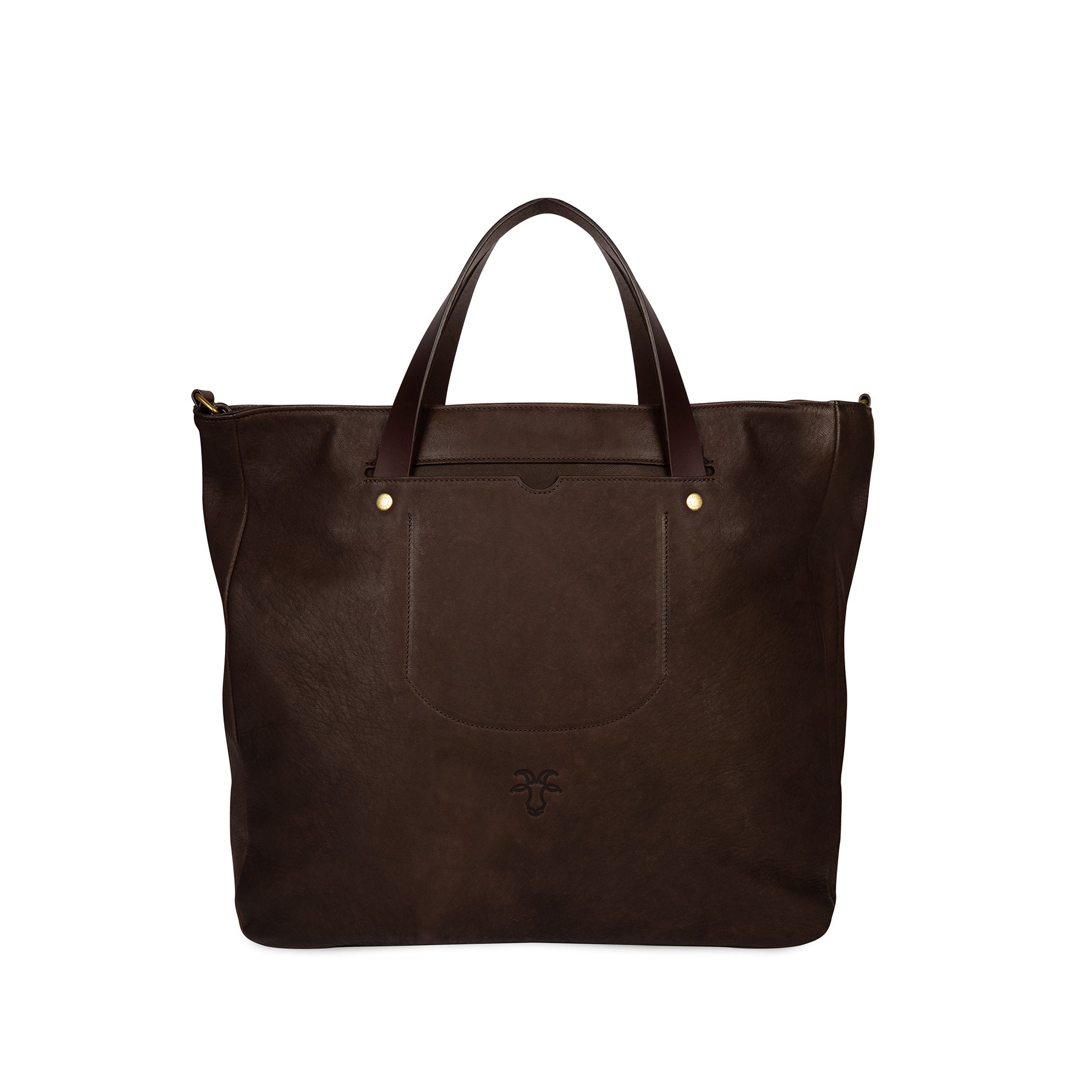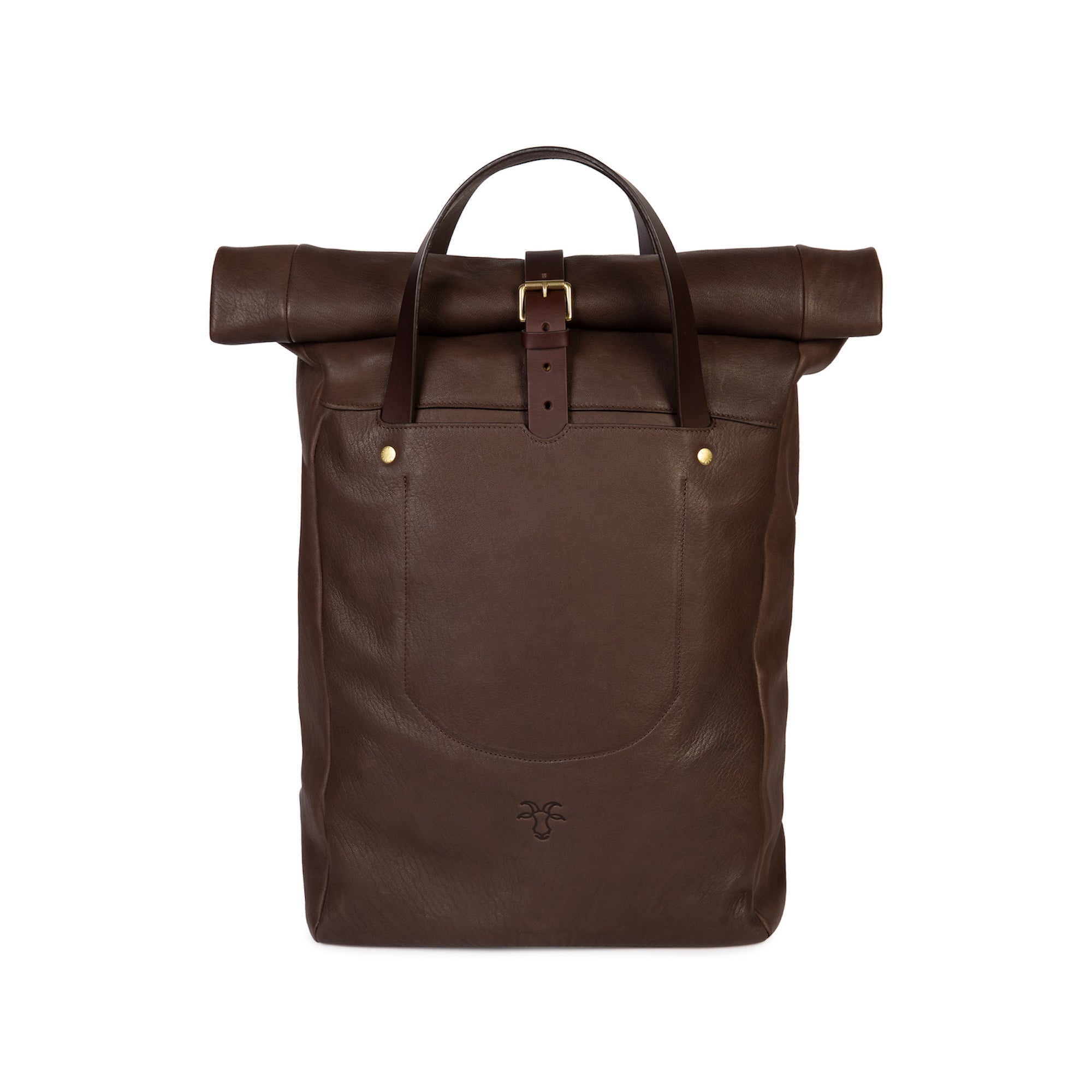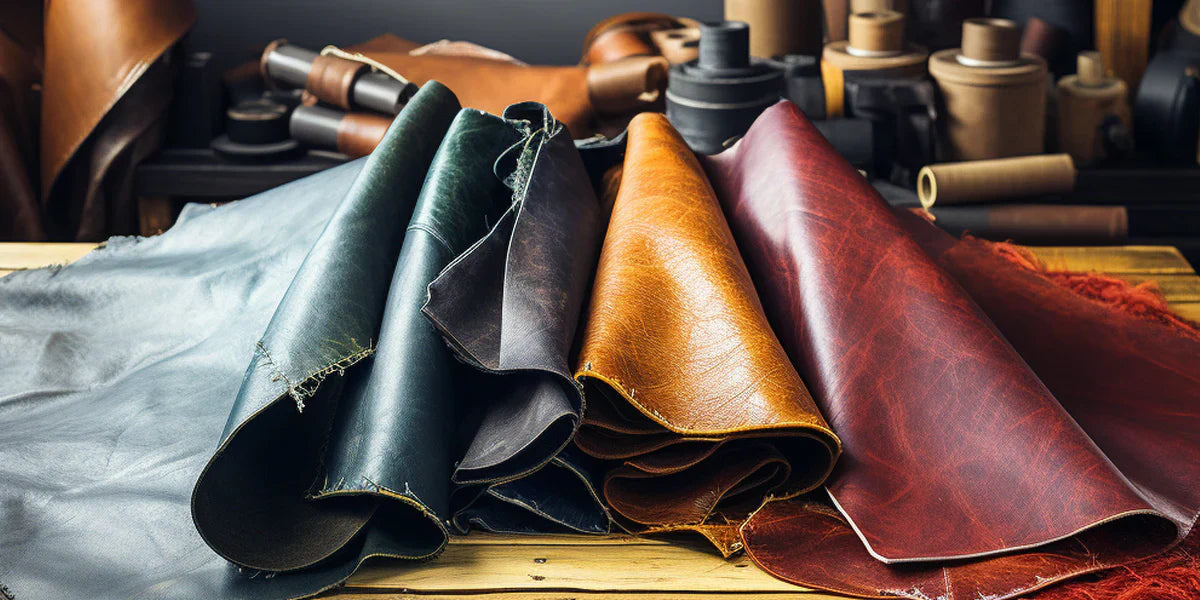Here at Billy Tannery, the sustainability of our materials has always been a pivotal component of our business. We use fully traceable, high-quality eco-leather which would have otherwise been discarded for all our products.
We consider the environmental impact of all our processes and our finished pieces are designed with style and sustainability in mind. That’s why we’ve put together this handy guide about how you can make sustainable, eco-friendly fashion choices without compromising your style.
Here are five ways to live a zero waste fashion lifestyle that both your conscious and bank account will love.
1. Renting
Many of us will have purchased an outfit for a particular event or simply on impulse for it to be worn once or even not at all. Renting clothes is not only more environmentally friendly but it is also an extremely cost-effective way of getting an outfit for a specific occasion or temporarily adding new life to your wardrobe.
By renting a garment, you get the excitement of a piece that is new to you but remove the chance of having an item that will sit unworn and eventually end up in landfill. It also allows you to experiment with your style without needing to purchase clothes and allows you to wear luxury or designer items that you may not have been able to purchase outright.

2. Buying from zero waste and sustainable brands
When you buy from zero waste or sustainable brands like us here at Billy Tannery, you can be confident that the materials and processes used have been carefully chosen based on the impact they have on the environment. When considering the sustainability of a brand it is not just the products’ credentials worth considering; it’s also beneficial to look at their supply chains, manufacturing, and packaging.
At Billy Tannery, for example, we use deer and goat hides that would have otherwise been thrown away. All our hides come from animals in the UK and all our products are made in the UK, meaning that the emissions created from their transport are significantly less than if we used materials from overseas.
We also use a natural vegetable tanning process which means the wastewater can be easily treated. We even have an on-site treatment plant that creates biodegradable waste that can be composted.
3. Quality over quantity
There is no denying that fast fashion is a huge contributor to global emissions, with the textile industry responsible for 10% of emissions. These clothes are made quickly, in large volumes, and sold at prices that entice people to buy many items which they may only wear once or twice.
A more sustainable option would be to work towards a capsule wardrobe consisting of fewer garments that are of higher quality and all of which are interchangeable and complement each other. Read our blog on how to create a men’s minimal wardrobe for further inspiration.
For example, our goat leather pieces, such as our leather backpacks, might be viewed as more of an investment - but with the right care, they can last for decades, removing the need to replace your staple accessories year in and year out. They are also timeless pieces, meaning that regardless of how fashion trends change, they will always be stylish.
4. Mend items
When one of your favourite pieces of clothing becomes damaged it can be easy to just throw it away but there are so many ways in which you could mend the item.
Learning how to sew is a useful skill and will allow you to make basic repairs such as replacing a button, redoing seams, or adding patches. The more you do this, the better at it you’ll become and there is a sense of satisfaction that comes from successfully fixing an item.
By mending your clothes, you also save money as you are extending their lifespan and won’t need to replace the items.
5. Get inventive and repurpose your clothes
If you have garments or accessories that no longer fit, have stains or holes, or are just something you will no longer wear, why not turn them into something new? By recycling clothing and turning them into something else, you will extend the life of the fabric and prevent it from ending up in landfill. Some examples of repurposing include:
- Cutting jeans to turn them into shorts
- Turning an old shirt into an apron
- Using fabric scraps from items to make cushions
- Making a memory quilt from t-shirts
- Creating rags to use for household cleaning
- Cutting and stuffing fabric from clothes to make dog toys
- Dying clothes to hide stains
- Removing arms from tops to make vests
- Using adult clothes to make children's garments
If you want to find out more on how to adopt a zero-waste wardrobe, check out our lists of the best sustainable fashion blogs and sustainable fashion influencers for inspiration and ideas.
You can also find out more about how we stay sustainable here at Billy Tannery and shop our collection of ethical leather bags and accessories.



































